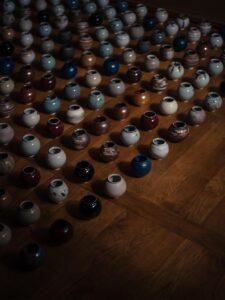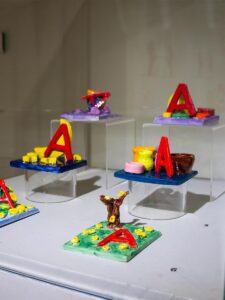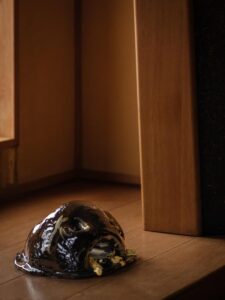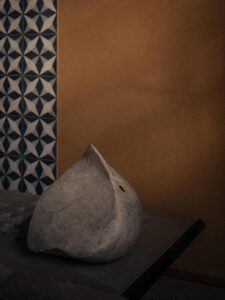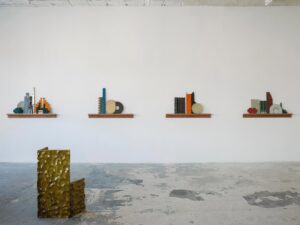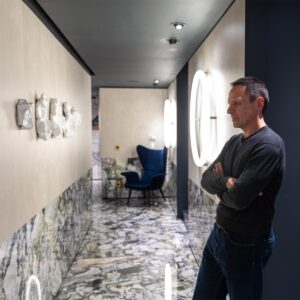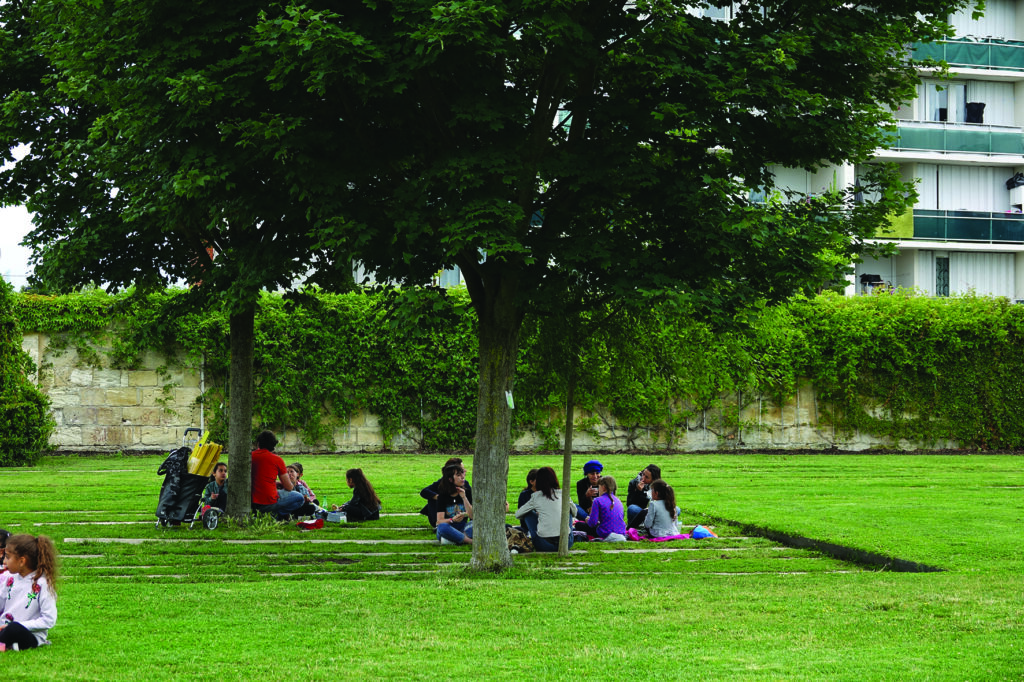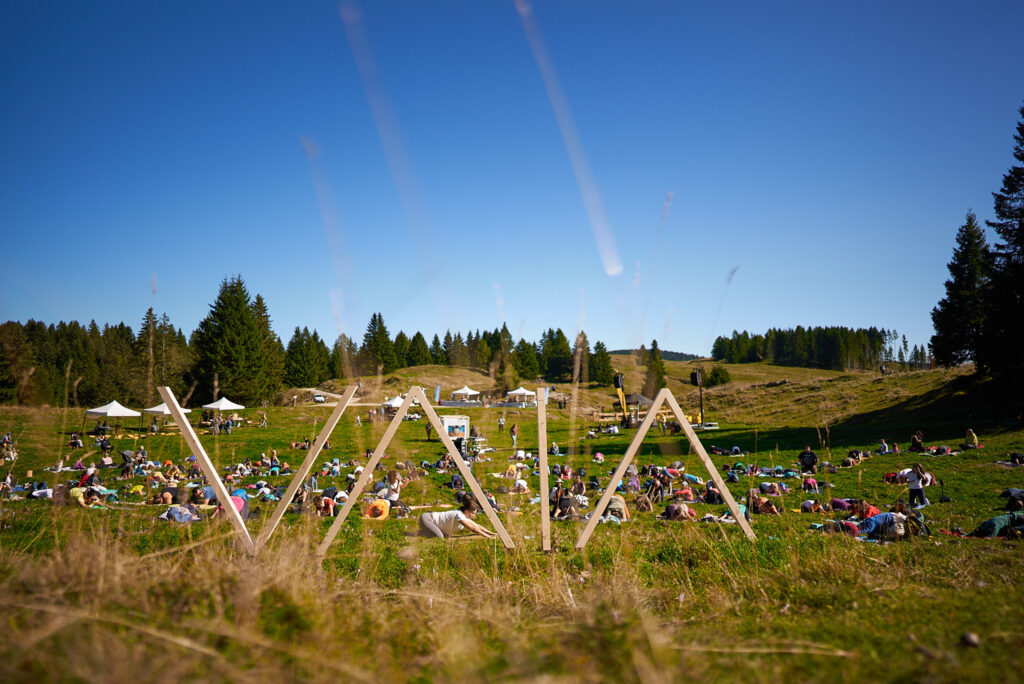Tommaso Corvi Mora began to work in a gallery in Milan in 1989, when he was 19, with Claudia Gianferrari, in her contemporary art space. After numerous experiences in public spaces (Kunstverein in Bonn) and publishing committees (Purple Prose), he worked with Esther Schipper in her gallery in Cologne, in the early Nineties. He inaugurated the Robert Prime gallery with Gregorio Magnani in London in 1995 and in 2000 opened his own gallery, Corvi-Mora. Since 2012 he has been exhibiting his ceramic works in galleries in both the UK and abroad, and continues to manage the Corvi-Mora gallery and live in London.
What role did being a foreigner play in your practice and your research?
When I began to move actively in the art world, in the late Eighties, I was lucky enough to meet a series of people who worked in Cologne and had close ties with the city. I immediately realised the huge quality Germany had in developing a public cultural network generally, and more specifically in working with contemporary art. For me, the relationship with the public sphere and the institutions was necessary, and at the time in Italy there were no large institutions with this kind of vocation. Perhaps the only one at the time was the Centro Pecci in Prato with the PAC in Milan, but they were isolated cases.
So I understood that the only possible choice was to move: initially I spent time in Germany and in Cologne, which was the centre of European contemporary art at the time. One of the experiences that most marked me in those years was working on Alighiero Boetti’s personal exhibition for the Kunstverein in Bonn in 1992: an extraordinary project, in which every work was associated to the text of a great critic. Then I moved to Cologne to work with Esther Schipper and, in the mid-Nineties, I finally took the decision to start a new adventure in London.
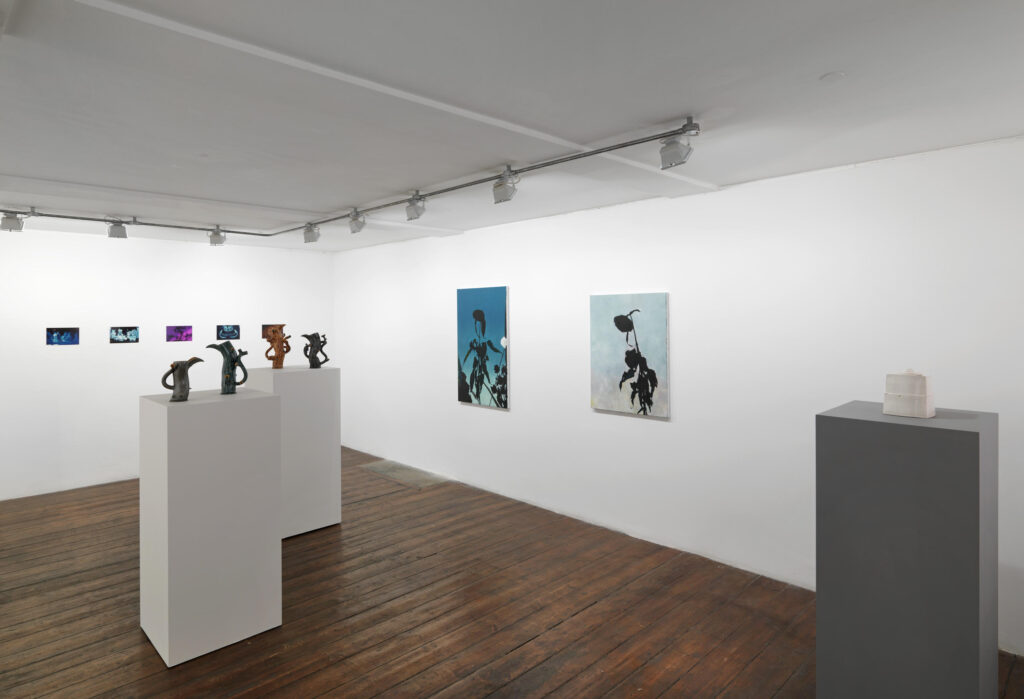
In London you worked on a project that was quite out of context: how did this idea come about?
Opening in London meant dialoguing with a specific, very high-potential context: all the artists we wanted to work with were not present at all in the city’s institutional circuit. So we decided to work – somewhat recklessly – in a context that was not as saturated as a gallery market, albeit with some excellent institutions, and especially with artists who were still “foreigners”, in the sense that they worked outside of the hegemonic diktats of the time. We made no distinction between foreign or British artists because in 1994-1995 even the artists born in the country (such as Angela Bulloch and Liam Gillick) had developed their professional lives particularly on the European continent. So even the “national” artists felt like foreigners in their homeland for a long time, also because their work had less visceral conceptual roots than other major research works in the Anglo-Saxon debate. We started out all feeling part of a group of foreigners, sensing the potential that this foreignness had in terms of research.
And how has this foreignness remained in your practice as a gallerist and, more recently, your personal research into ceramics?
I think that being a foreigner is a happy condition, as it allows you to consider a landscape familiar to others from a new standpoint. This is how you discover the merits and qualities of aspects or elements of the landscape that are invisible to others, precisely due to the familiarity that conditions them. My bond with British modernism comes especially from this: and it led to the desire to discover a world, that of ‘studio pottery’ (the production of artistic and functional ceramics made by professionals and amateurs in small groups, ed.), which to the British eye may seem something stale as it is too well known. On the contrary, for me it is a wonderful world of discovery, that I was lucky to enter with the complicity of Julian Stair. In the last twelve years this research has been consolidated also in the research of many young artists, who have different approaches to the studio pottery tradition but who start precisely from this.
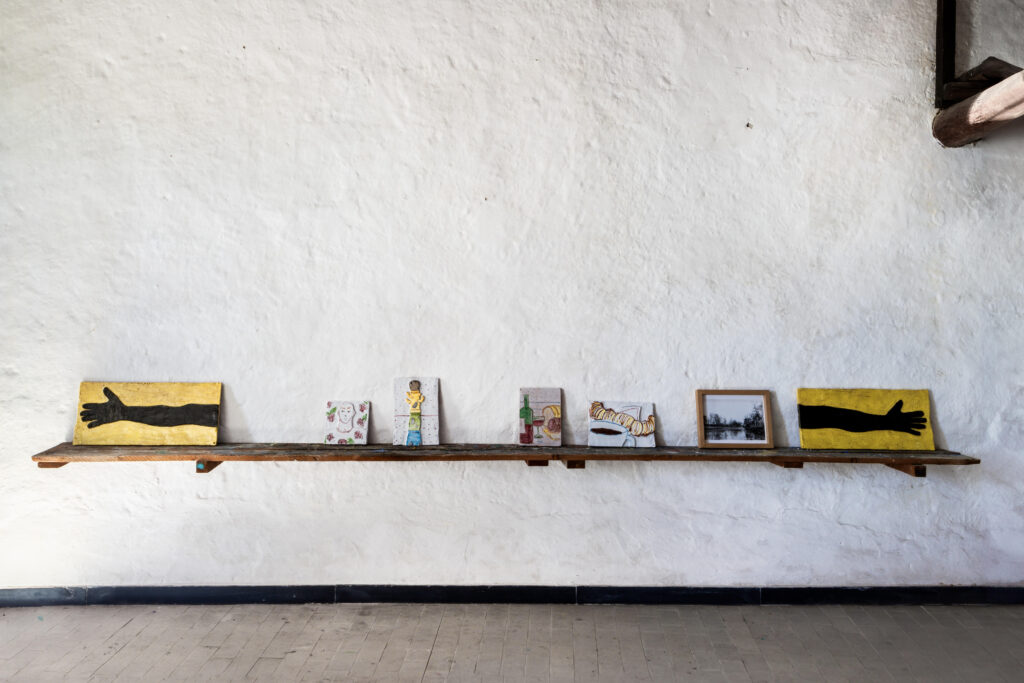
How does your creative research with ceramics fit into this framework – I was thinking, for example, of your residence in Albissola in 2023?
Tullio Mazzotti, the father of a new ceramics culture in Liguria, was also a foreigner in some way: he brought a certain type of design to materials deemed unorthodox, and found his place within a standard. In relation to the starting point, I would say that today I have a particular feeling of being a “foreigner everywhere”, because England is a welcoming place but I do not feel I am English. In the same way, I have difficulty feeling completely Italian, after so many years of absence. The way I feel is also partly alienating, which for me is a fundamental existential condition. Ultimately, what is interesting is that this condition transcends the geographical idea of nation and becomes a life choice, which is inevitably reflected in my practice.

Adam Buick, Landscape Study, 2020 (detail) ceramics in New Areas: Contemporary Ceramics at Walmer Yard, London 2023. Buick is one of the artists represented by the Corvi-Mora gallery

Diario, 2023, personal exhibition of Tommaso Corvi Mora, view of the installation. Ceramics Museum, Savona

Verso Nuovi Canoni, ICA Milan, 2019, view of the installation with works by Matthew Raw and Tommaso Corvi Mora

Bethan Lloyd Worthington, Bird feeder 1, after Karen Karnes, 2022, stoneware glazed with slip, pario porcelain and overglaze, in New Areas: Contemporary Ceramics at Walmer Yard, London 2023. Lloyd Worthington is one of the artists represented by the Corvi-Mora gallery

Gordon Baldwin, (Sky Grey I), 1998, terracotta in New Areas: Contemporary Ceramics at Walmer Yard, London 2023. Baldwin is one of the artists represented by the Corvi-Mora gallery

Julian Stair, Quotidian, 2014, ceramics, Venetian marble on woord, linen and video. Stair is one of the artists represented by the Corvi-Mora gallery

Sam Bakewell, Dream-backed, 2024. Bakewell is one of the artists represented by the Corvi-Mora gallery

Verso Nuovi Canoni, ICA Milano, 2019, view of the installation with works by Lubna Chowdhary and Tommaso Corvi Mora
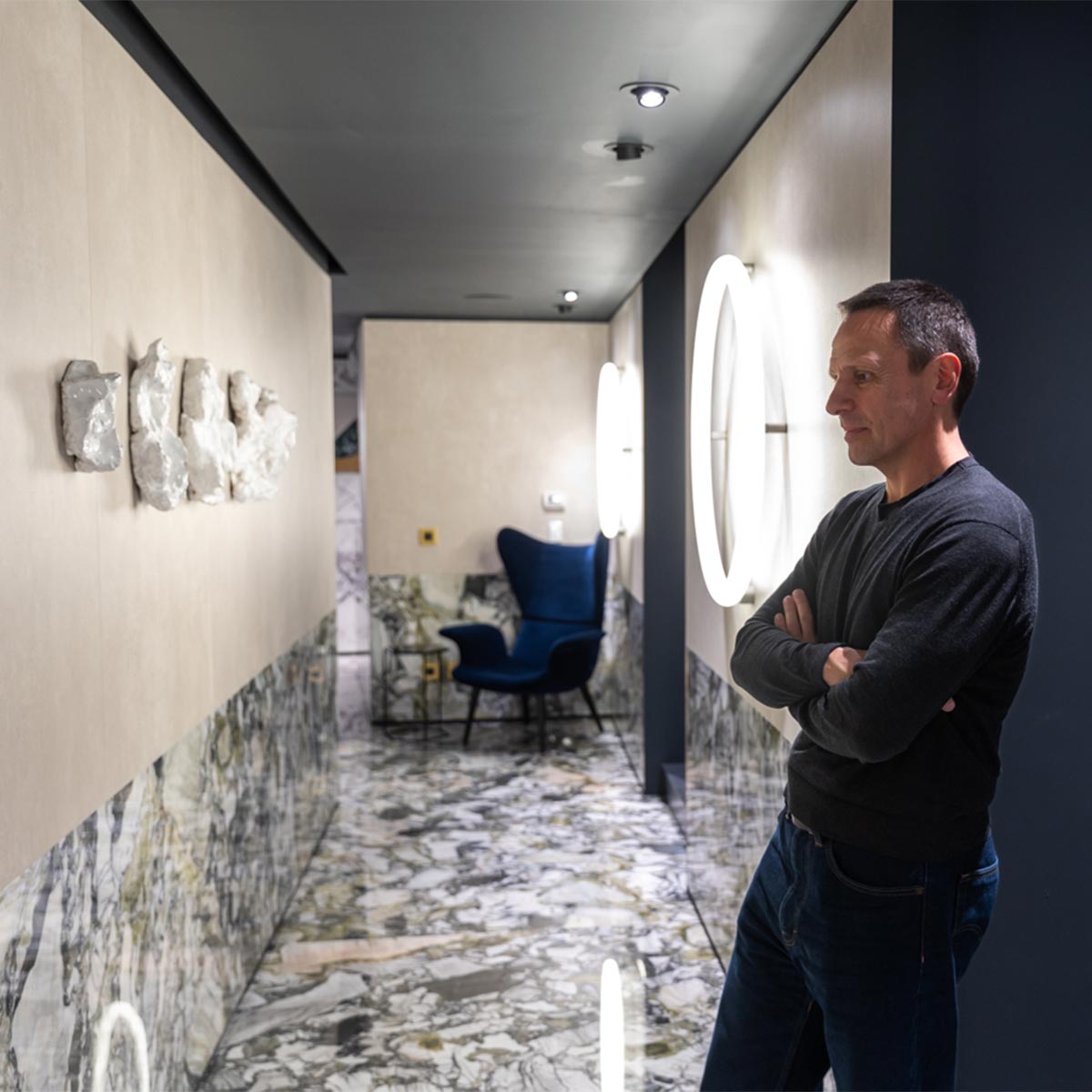
Portrait of Tommaso Corvi Mora
